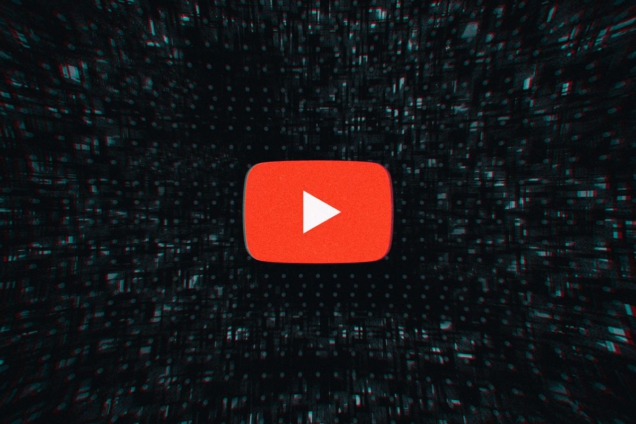YouTube has announced it’s experimenting with hiding dislikes to discourage “dislike mobs” from deliberately downvoting videos from creators and channels.
The experiment is a different implementation than the solutions the company had previously discussed, but it is similar to other attempts platforms like Instagram have taken to nip targeted attacks in the bud.
In the current setup, stats for both likes and dislikes are viewable in a creator’s individual YouTube Studio page, but only likes will be displayed publicly on a video.
In a support article explaining the test, YouTube says that dislikes can negatively impact a creator’s well-being and “may motivate a targeted campaign of dislikes on a creator’s video.”
Basically, the idea is that seeing a dislike number and watching it go up could be enough motivation to join in and make the number larger.
👍👎 In response to creator feedback around well-being and targeted dislike campaigns, we're testing a few new designs that don't show the public dislike count. If you're part of this small experiment, you might spot one of these designs in the coming weeks (example below!). pic.twitter.com/aemrIcnrbx
— YouTube (@YouTube) March 30, 2021
Creators rely on likes and dislikes as a form of feedback to guide their creative output, but much like purposefully giving a game a bad review on Steam, it’s easy to turn what could be a useful feature into another surface for abuse.
When YouTube first announced it was looking into addressing problems with dislikes, it was considering three ideas: hiding the numbers for both likes and dislikes, adding more friction to disliking something through requiring extra interaction, or removing likes and dislikes entirely.
This test does half of what the first option promised, and it makes a certain amount of sense.
If dislike numbers are the problem, why not just hide them and see what happens? Instagram experimented with a similar kind of test when it decided to hide likes on posts.
Obviously, likes are inherently positive, but chasing a high like count can have its own negative impact on creators whose livelihoods depend on closely monitoring interactions with their posts and appearing well-liked.
YouTube isn’t testing hiding dislikes on all creators’ videos, but if you notice them on your page or you have an opinion as a viewer, YouTube is collecting feedback on its site.
Latest Stories
-
Ghana ranked 7th globally as biggest beneficiary of World Bank funding
9 mins -
IMF board to disburse $360m to Ghana in December after third review
14 mins -
Former Bono Regional NPP organiser donates 13 motorbikes to 12 constituencies
19 mins -
Securities industry: Assets under management estimated at GH¢81.7bn in quarter 3, 2024
24 mins -
Gold Fields Ghana Foundation challenges graduates to maximise benefits of community apprenticeship programme
2 hours -
GBC accuses Deputy Information Minister Sylvester Tetteh of demolishing its bungalow illegally
2 hours -
Boost for education as government commissions 80 projects
2 hours -
NAPO commissions library to honour Atta-Mills’ memory
2 hours -
OmniBSIC Bank champions health and wellness with thriving community walk
3 hours -
Kora Wearables unveils Neo: The Ultimate Smartwatch for Ghana’s tech-savvy and health-conscious users
3 hours -
NDC supports Dampare’s ‘no guns at polling stations’ directive
3 hours -
Police officer interdicted after video of assault goes viral
3 hours -
KNUST’s Prof. Reginald Annan named first African recipient of World Cancer Research Fund
3 hours -
George Twum-Barimah-Adu pledges inclusive cabinet with Minority and Majority leaders
4 hours -
Labourer jailed 5 years for inflicting cutlass wounds on businessman
4 hours

